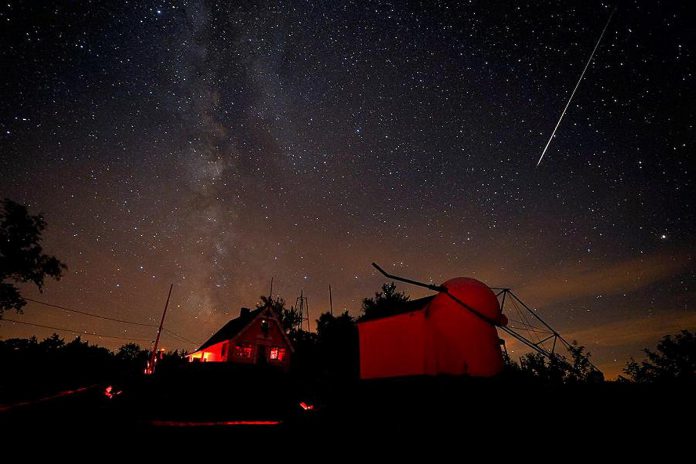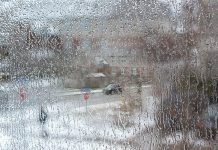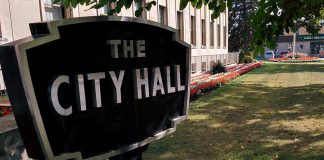
Every August, stargazers look forward with excitement to the annual Perseid meteor shower. This year’s meteor shower will peak on Sunday and Monday (August 11 and 12), with 50 to 75 meteors visible per hour if you are in a dark location.
Every year from late July to early August, Earth plows through the interplanetary debris left behind by comet Swift-Tuttle when it passed close to Earth (the last time was in 1992). When the particles of debris — which can be as small as a grain of sand or as big as a pea — slam into the Earth’s atmosphere at around 210,000 kilometres per hour, they heat up to 1,650 degrees Celsius and are vaporized in a burst of heat and light, resulting in a “shooting star.”
The meteors are called the Perseids because they appear to originate from the northeast sky in the direction of the constellation of Perseus.
While the Perseid meteor shower has been active since mid-July, the Earth goes through the densest area of the comet’s debris field between 9 a.m. and noon on Monday (August 12). Because meteors aren’t visible during the daylight hours, you’ll need to watch for them instead on Sunday night or Monday night, with the best times after midnight (when the first-quarter moon has set) until before dawn.
The Peterborough Astronomical Association will be hosting a Perseid meteor shower event from 9 to 11 p.m. on Monday (August 12) at Harold Town Conservation Area (2611 Old Norwood Road, Peterborough).
The family-friendly event is free and open to the public. Although optical aids are not needed to see meteors, association members will have telescopes and binoculars set up to view other wonders of the night sky. As with being able to see the meteor shower on your own, the event is weather dependent and will be cancelled if skies are cloudy.
Tips for viewing the Perseid meteor shower
Find the darkest place you can, away from any light pollution, with as much open sky as possible. Rural areas away from city lights with few buildings or trees are the best. If you can’t get away from your city, find a park or golf course.
Lie on your back and take in as much of the night sky as possible. You don’t have to face Perseus (to the northeast) to see the meteor shower, but the more sky you can see, the better your chances.
Be prepared to stay outside for at least an hour. It takes 20 to 30 minutes for your eyes to fully adjust to the darkness, and the meteors come in spurts and lulls — so the longer you wait, the more you’ll see.
Stay awake. The Perseids are typically best between midnight and dawn, with the hours before dawn being the best time. During the peak night, the early morning of August 12th, wait until the moon sets at midnight.



























